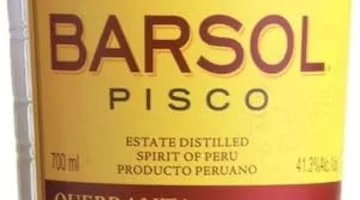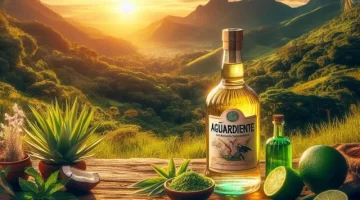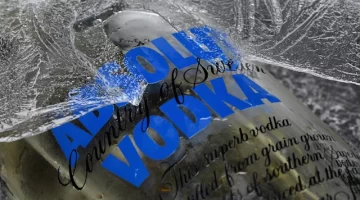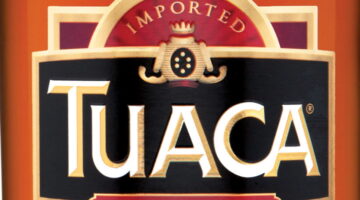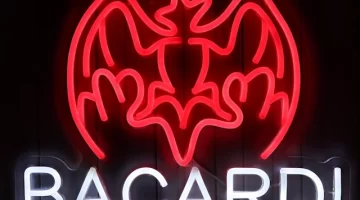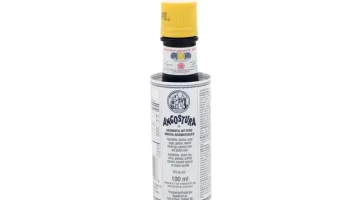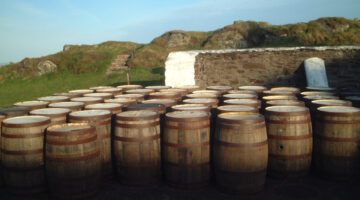Britain in a Bottle
Travel Distilled reviews Britain in a Bottle, A Visitor’s Guide to the Breweries, Cider Mills, Distilleries and Vineyards of Great Britain.
There are some books you know immediately from the title that you want to read them, and Britain in a Bottle is one of those books.
Published by the ever-reliable Bradt Guides, Britain in a Bottle is a slight variation from their usual guidebook titles but it maintains the high standard of their books. It’s a brilliantly simple idea, and the sub-title sums it up perfectly: A Visitor’s Guide to the Breweries, Cider Mills, Distilleries and Vineyards of Great Britain.
Britain in a Bottle Authors
The two authors certainly know their way around the drinks industry. Ted Bruning is a very well-known name in the booze business, about which he’s been writing for over thirty years. For thirteen of those years he edited the monthly newspaper for the Campaign for Real Ale, What’s Brewing, and he’s the author of several books including The Microbrewers’ Handbook and The Craft Distillers’ Handbook.
Bruning’s co-author Rupert Wheeler also knows his way around a distillery as he was Managing Editor of Whisky Magazine for several years. He’s also a judge in the World Whiskies Awards and recently moved to Orkney where he works part-time at Highland Park Distillery. Having been to Orkney to visit one of its other big distilleries, Scapa, I can understand anyone wanting to live in that magical place.
Highland Park Distillery
So, what better way to start than by looking at the entry for Highland Park? This is one of the major entries, which means it gets a couple of pages and several photos. It works out at 450 words, plus a box about some of the whiskies they produce. Shorter entries, such as the Scapa Distillery (and the unlikely-sounding Orkney Wine Company) get about 200 words each.
The entry for Scotland’s most northerly distillery is both entertaining and informative, and definitely makes you want to immediately open a bottle of Highland Park. Their Twisted Tattoo 16 Years Old sounds amazing, at 46.7% ABV, finished first in ex-Bourbon casks and then in Rioja wine-seasoned casks. Drool.
Britain in a Bottle
The authors make it clear in their Introduction that this is not a comprehensive guide. That would require a book the size of a Bible – and a Bible it would be – but nevertheless they pack a lot into the book’s 360 pages. That Introduction is a good, well, introduction to the whole idea of touring breweries, distilleries and other establishments, which is a comparatively recent phenomenon. The authors date it back to 1987 and the broadcasting of the brilliant TV series, Floyd on France.
It’s worth quoting that bit at length, as it gives you a flavour (so to speak) of the book’s style, which is refreshingly light and amusing, while also being enlightening.
“This wasn’t the first TV cookery show by any means; nor even was it Keith Floyd’s – he had made Floyd on Fish in 1984. But the idiosyncrasies of the host, the beauty of the Provençal landscape, and the beckoning finger of the food itself combined to turn that first airing into ‘a moment’, when that part of the demographic with well-stocked wallets suddenly realised that food and drink sprang from the soil; that they were part of the countryside and shared its beauty; and that a vineyard was the ideal venue for a spot of (fully clad) déjeuner sur l’herbe.”

Practical Information
I’ll let the authors explain what practical information they provide for each entry, because it’s another taster for the tone of the book.
“Each listing comes with its full postal address for the traditional road atlas user, its postcode for the satnav jockey, and a telephone number for the hopelessly lost.”

The Contents
The book covers England, Wales and Scotland, in that order, with each country broken down into regions and then into counties, and listed in a roughly logical south to north order. Each region comes with a map, as you can see from the West Country map on this page. They show roughly where each entry is located, though you’ll still need a proper map to find your way to them.

Closeups
In addition to the entries themselves, there are 28 features that are called Closeups. These are two-page entries which explain various things in more detail, like Fermentation, Hops, Yeast or Alcoholic Strength. The entry on Botanicals, for example, tells the history of the use of juniper and other flavourings that were put into raw spirit, not to mask the taste of the spirit but to enhance it. The essay ends with an explanation of some of the botanicals in use today, including “seaweed, shamrock, spruce tips, tarragon, tea, thyme, truffle, vanilla… oh, and elephant dung. And ants. Take care.”

Extras
As well as the Closeups, there are a few more features that enhance the value of the book. At the front is a list of some of the drinks festivals and shows that take place around Britain. At the back there’s an index by location and another by category (i.e. all breweries, all gin distilleries etc). There’s also a glossary of terms you may or may not be familiar with.
Should I Buy This Book?
If you enjoy touring breweries, vineyards, distilleries and so on, then I don’t think you’ll find a more comprehensive guide that you can use in Britain. The fact that the writing is so amusing is a real bonus, too.
Buying Britain in a Bottle
You can find out more and buy the book from Amazon.
Buying Britain in a Bottle
You can find out more and buy the book from Amazon.



